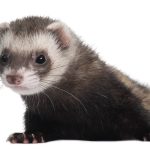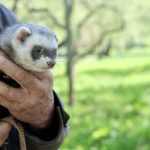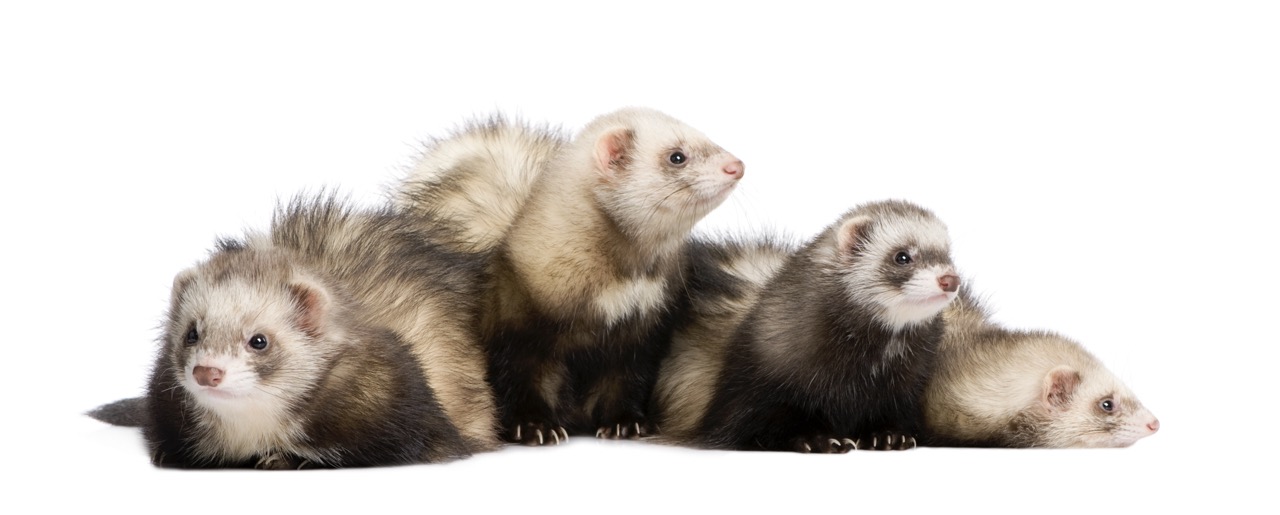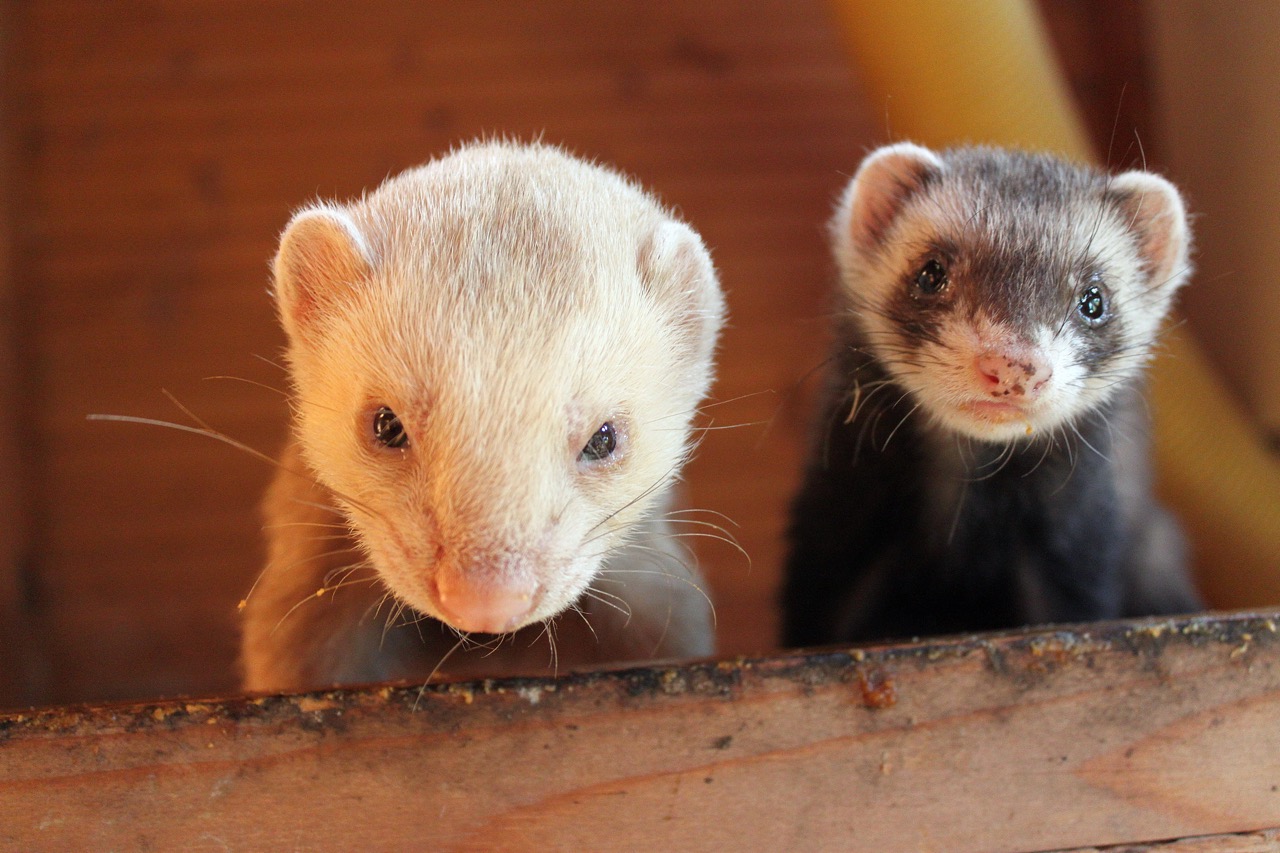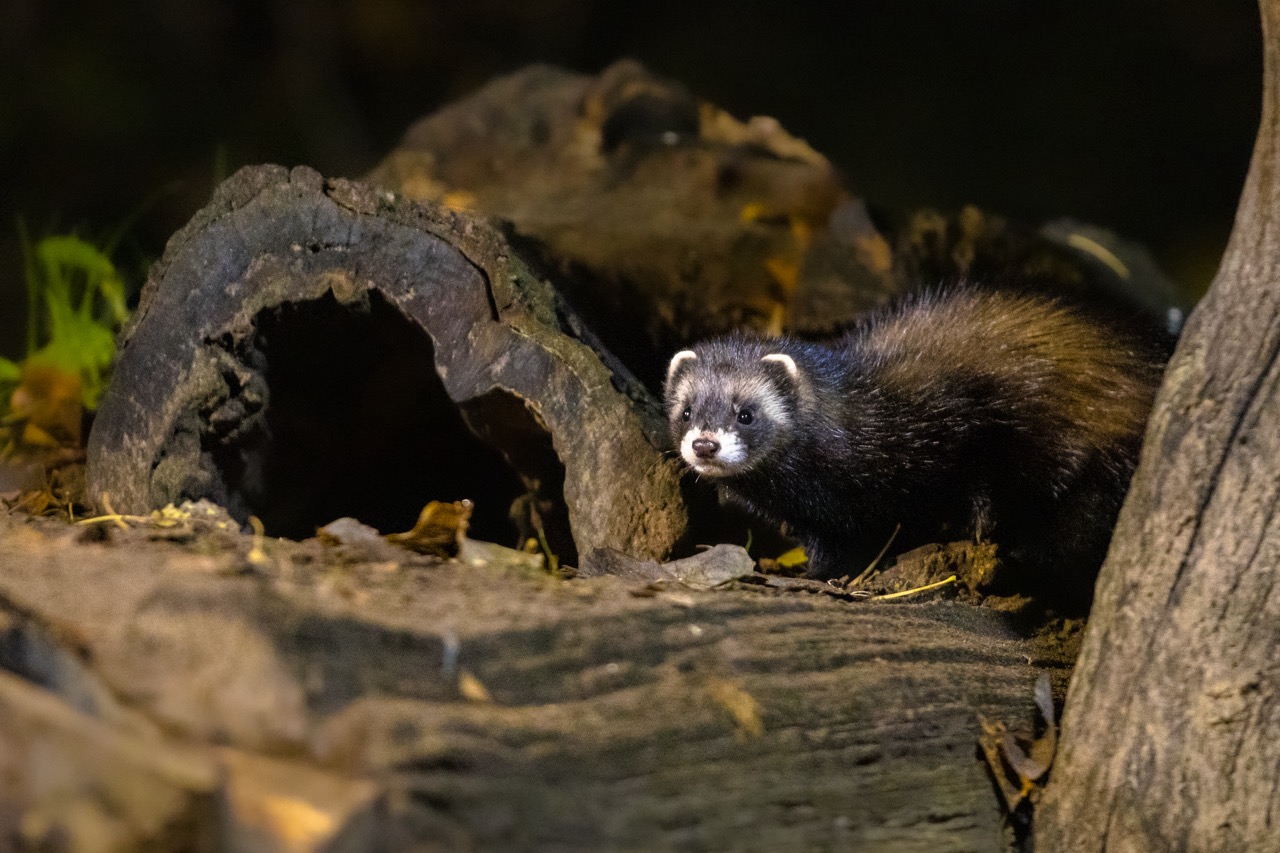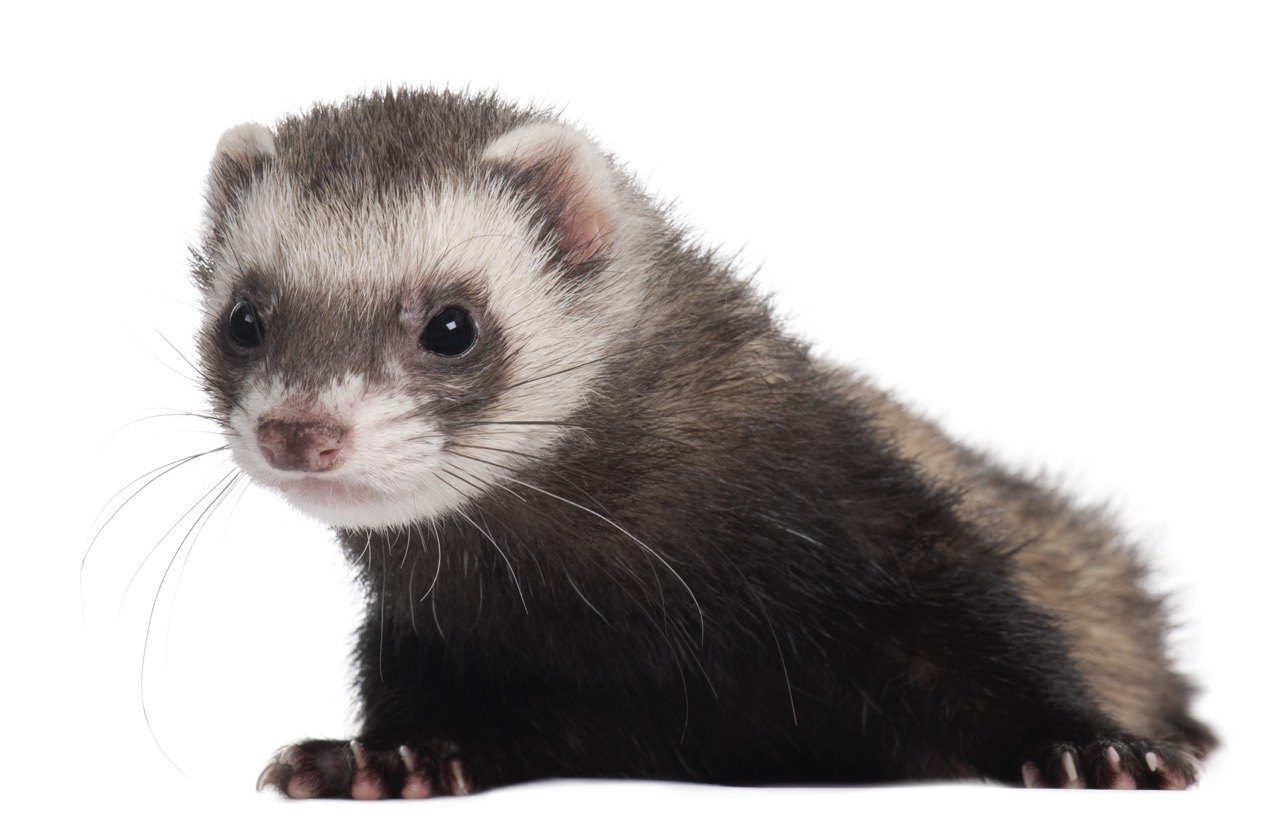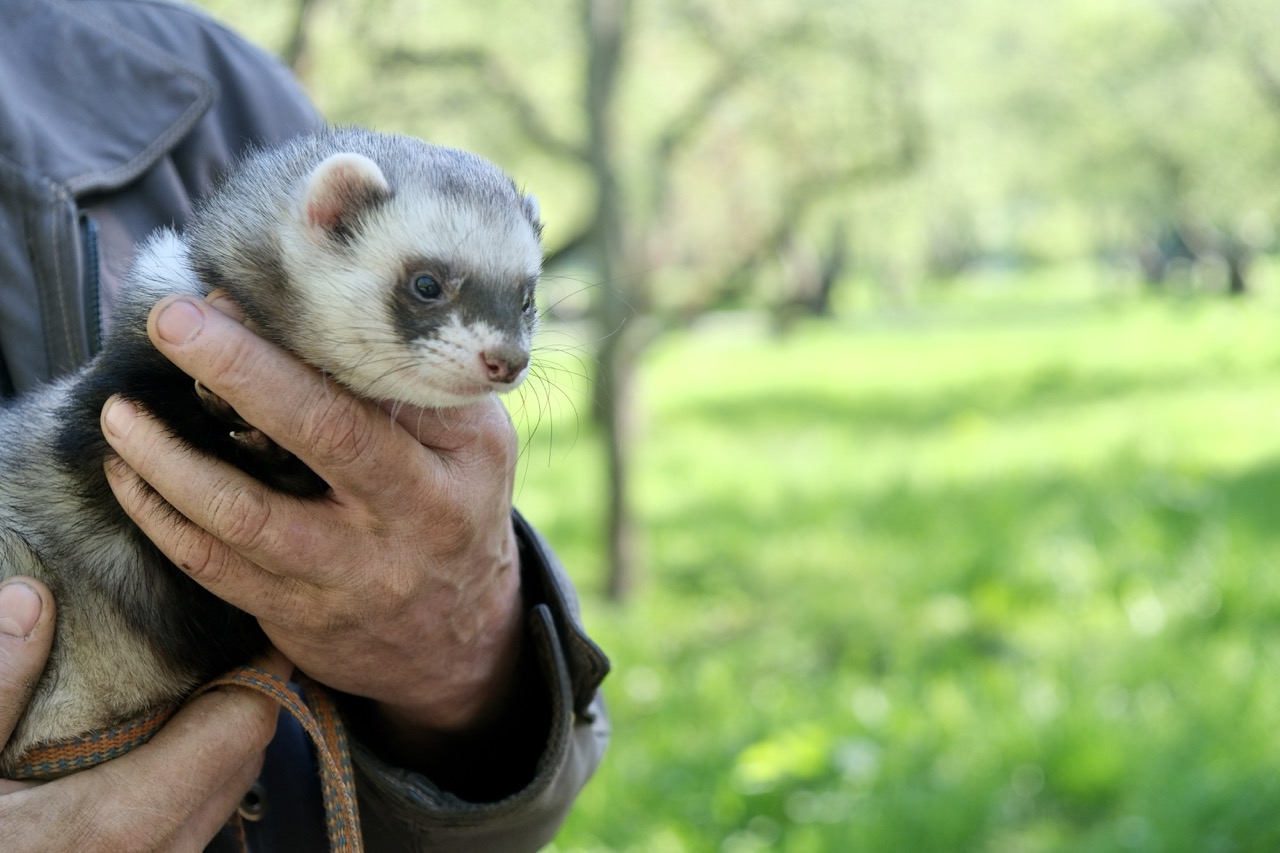Ferrets are known for their playful and energetic nature, often bounding about with an agility that captivates their owners. Much of this remarkable agility can be attributed to their unique skeletal structure. Understanding how a ferret’s bones are designed not only sheds light on their behavior but also informs pet owners and enthusiasts about the best ways to care for these lively animals. This article delves into the intricacies of ferret bone structure and its crucial role in supporting their physical activity.
Understanding Ferret Anatomy: The Importance of Bone Structure
Ferrets possess a distinctive skeletal framework that is streamlined for agility and speed. Their bones are relatively lightweight compared to larger mammals, which allows them to move quickly and change directions with ease. The overall design of their skeleton includes elongated limbs and a flexible spine, contributing to their ability to perform acrobatic feats and engage in playful pursuits. This anatomical efficiency is a significant reason why ferrets are so adept at exploring their environment and interacting with their surroundings.
The ferret skull is also uniquely structured to support their hunting instincts. With a long, narrow shape, it allows for a wide range of head movement, enabling ferrets to navigate tight spaces and capture prey effectively. Moreover, the presence of specialized teeth and jaw structure further enhances their ability to grasp and chew, vital for their dietary needs. Overall, the design of a ferret’s bones serves not only the purpose of locomotion but also complements their predatory skills.
Additionally, the arrangement of bones in ferrets supports their internal organs and aids in respiratory function. A ribcage that is both flexible and sturdy allows for a greater range of motion while also protecting vital organs. This anatomical feature ensures that ferrets can breathe efficiently while engaging in high-energy activities, contributing to their overall health and stamina. By understanding these anatomical characteristics, we can appreciate how ferrets are built for both play and survival.
Key Features of Ferret Bones That Enhance Mobility
One of the most distinctive features of ferret bones is their elongated structure. The forelimbs and hind limbs of ferrets are proportionally long, which enhances stride length and speed. This elongation, combined with the flexibility of their joints, allows ferrets to run, jump, and climb with remarkable ease. Their body mechanics are akin to that of a small athlete, where the skeletal structure plays an instrumental role in their capacity to perform dynamic movements.
Moreover, ferrets have a highly flexible spine composed of numerous vertebrae that allow for exceptional mobility. This flexibility not only aids in running but also enables them to twist and turn while navigating obstacles. Such a spine is crucial for their natural behaviors, such as burrowing, where the ability to contort their bodies allows them to fit into narrow spaces seamlessly. The design of the spine is a prime example of how nature has equipped ferrets with the necessary tools for both agility and exploration.
Furthermore, the joints in ferrets are designed to allow a wide range of motion. They possess ball-and-socket joints in their hips and shoulders, which contribute to their extensive mobility. This means that ferrets can extend their limbs far outwards and upwards, allowing them to scale surfaces and leap significant distances. The combination of long limbs, a flexible spine, and versatile joints creates a robust skeletal system that is perfectly suited for an active lifestyle, enhancing their ability to engage in vigorous play and exploration.
The Role of Bone Density in Ferret Physical Performance
Bone density is a critical aspect of ferret anatomy that directly impacts their physical performance. Ferrets typically have a moderate bone density, which strikes an optimal balance between strength and weight. This means that their bones are strong enough to withstand the stresses associated with high levels of activity while remaining light enough to facilitate rapid movement. A well-developed bone density is essential for ferrets, especially as they engage in frequent running, jumping, and other high-impact behaviors.
The density of ferret bones also influences their overall health and longevity. Adequate bone density helps prevent fractures and injuries that could arise from their active lifestyle. Inadequate density may lead to conditions such as osteoporosis, which could hinder their mobility and quality of life. Therefore, providing a balanced diet rich in calcium and vitamin D is crucial for maintaining healthy bone density in ferrets, ensuring they can remain active and playful throughout their lives.
Moreover, the interplay between bone density and muscle strength further enhances a ferret’s physical abilities. Strong muscles attach to the bones and provide the necessary force for movement. When bones are properly dense, they can support the muscular structure effectively, facilitating powerful bursts of activity. This synergy between bone density and muscle strength accounts for the agility and stamina that define ferrets, allowing them to thrive in their dynamic environments.
How Ferret Skeletons Adapt to Active Lifestyles and Play
Ferrets are naturally inclined to engage in physical play, and their skeletons are optimally structured to support this behavior. The combination of a light yet sturdy skeletal framework allows ferrets to navigate their environments freely, from sprinting across open spaces to climbing over obstacles. This adaptability not only enhances their physical capabilities but also encourages their instinctual behaviors, such as hunting and exploring.
Furthermore, the adaptability of a ferret’s skeleton ensures they can withstand the rigors of their active lifestyles. For instance, their limbs are equipped with strong ligaments and tendons that secure joints and allow for dynamic movement without compromising stability. This anatomical feature is crucial during play, where sudden changes in direction and speed are commonplace. The resilience of their skeletal structure helps prevent injuries, enabling ferrets to partake in prolonged periods of activity without adverse effects.
Additionally, ferrets demonstrate an innate capacity to adjust their movements based on their environment. Whether they are navigating tight spaces or leaping over obstacles, their skeletal structure supports this versatility. The ability to adapt their movements not only highlights the evolutionary advantages of their bone design but also underscores the importance of a supportive and enriched environment for their physical development. By recognizing these adaptive qualities, ferret owners can create spaces that promote active play and physical engagement, ensuring their pets lead happy and healthy lives.
In conclusion, the bone structure of ferrets plays an instrumental role in their physical activity and overall health. By understanding the unique features of their anatomy, such as elongated limbs, flexible spines, and appropriate bone density, we gain insight into how ferrets are equipped for their energetic lifestyles. This knowledge not only fosters appreciation for these charming creatures but also informs proper care strategies for pet owners. Ultimately, a well-crafted environment that accommodates their natural instincts and active behaviors will contribute significantly to a ferret’s well-being, ensuring they thrive as beloved companions.


